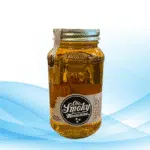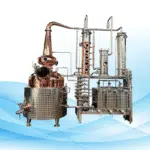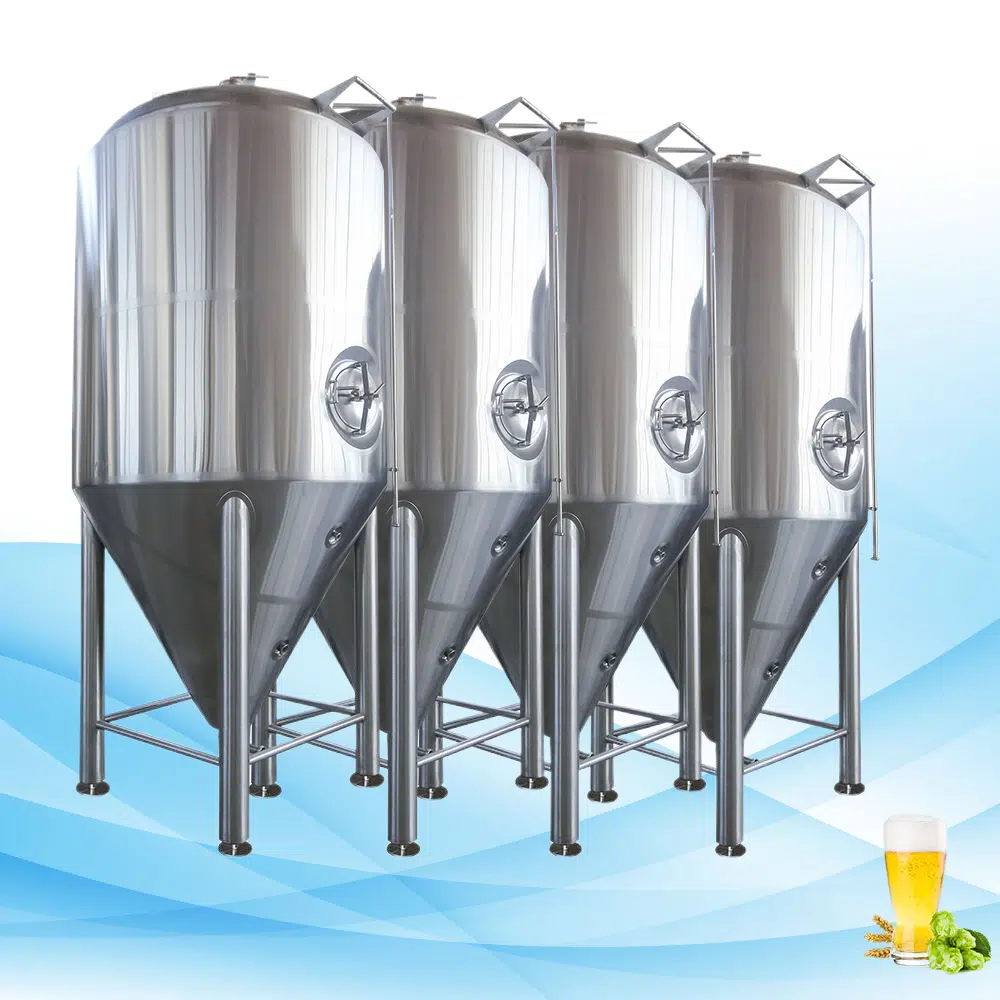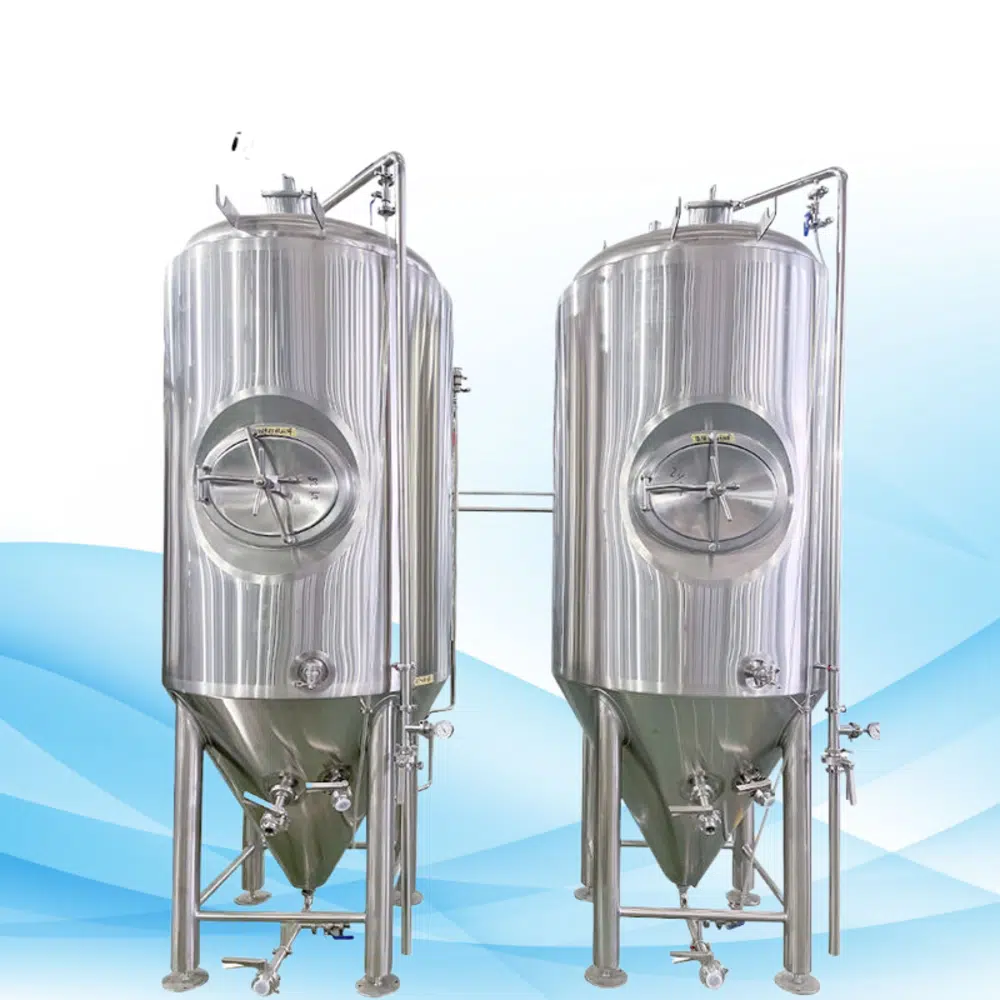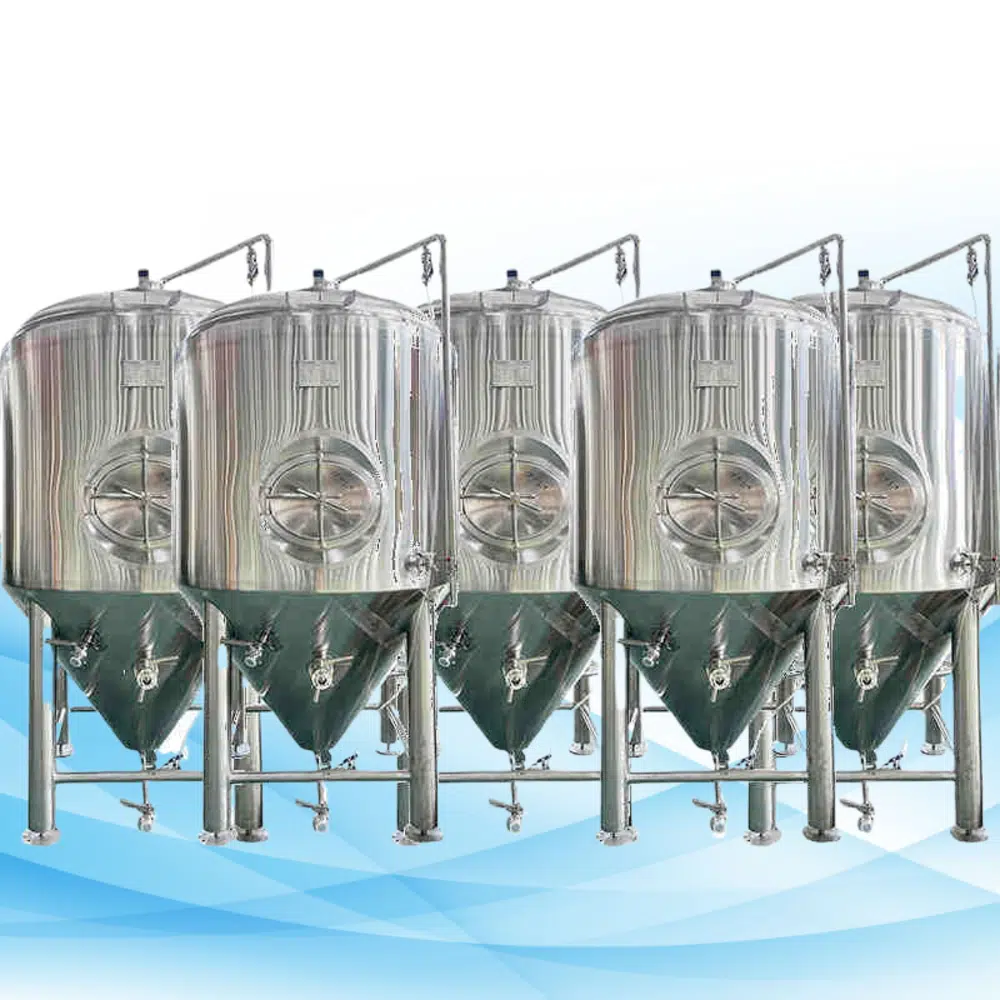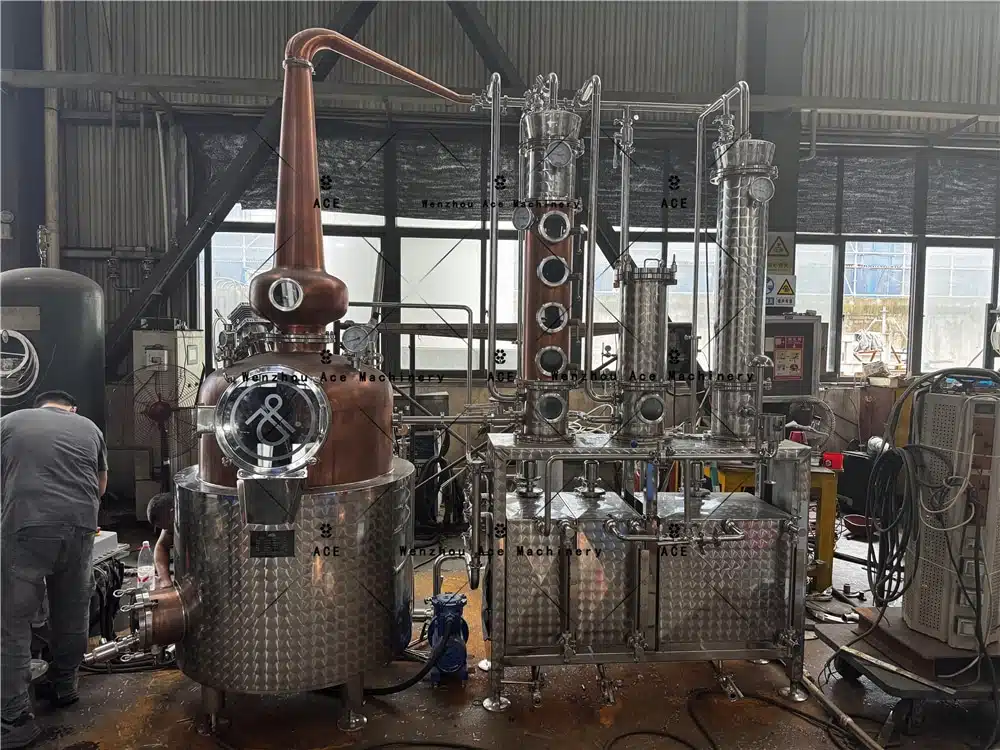Copper Still Cleaning: A Guide to Proper Maintenance
Copper stills are famous for their durability, their ability to impart unique flavor to spirits, and their heat conductivity. Like any other piece of equipment, stills must undergo regular cleaning, especially if one wishes to maintain the equipment’s efficiency and increase its lifespan. In this article, we will discuss steps on how to clean a still, whether it be a moonshine still, pot still, or any other copper distilling equipment. Moreover, we will explain how one can use citric acid to clean copper stills which is one of the best copper cleaning agents.

Why Cleaning your Copper Still is Relevant
Copper is favored amongst materials used for distillation due to its innate forgiving nature towards removing sulfur compounds, an additive that does not help the taste of a product. Without proper maintenance and care, however, a copper still has the potential to collect tarnish, scale buildup, and mineral deposits which can also negatively impact the spirits flavor. Regular maintenance and cleaning guarantees that the still functions properly and that the distillates produced are of high quality.
Guidelines to Cleaning a Copper Still
Copper stills are not overly complicated to clean, despite what some may think. In the following paragraphs, we will equip you with the knowledge needed to properly wash your copper still.
1. Take apart the Still
As with any other cleaning procedure, the still must be disassembled into its components – pot, condenser, and any other detachable parts. This is critical for proper cleaning since each part has to be separately cleaned.
2. Use Hot Water
As part of the cleaning process, rinsing the copper still with hot water will help to remove leftover fluids from the previous distillation. It is important to do so with care. Larger residues of scum can be scrubbed off with soft brushes, so be sure everything gets rinsed well.
3. Tough Stains
The cleaning method that many choose to use is citric acid. As with everything else, it has its pros and cons, but one thing that everyone can agree on is that it helps with calcium deposits.
Healing your copper still uses citric acid in just four discordant steps.
- Fill the still with a mixture of hot water and 1 tablespoon of citric acid per gallon.
- Let it sit like this for thirty minutes to an hour.
- When time is up, use a soft brush or sponge to clean everything that’s been raised.
- Rinse the still with warm water to thoroughly wash off any acidic solution left on the surface.
Maintaining the luster of your copper still and stubbornly built-up minerals is eco-friendly and cost-effective with citric acid.
4. Tidy Up the Pot and its Sections
When cleaning a copper pot still, concentrate on the most problematic sections—the pot’s interior and the condenser coils. Gently scrub with a soft-bristled brush to clean the bowl’s base and any small crevices.
If the condenser has any scale, let it soak in the citric acid solution and scrub the coils with a small brush.
5. Shine the Copper Surface
It is now time to bring back the shine to the still. You can use a copper cleaner or even a homemade mixture of salt and lemon juice. Apply polish sparingly, and then, with a soft cloth, buff the surface to shine and a “new” appearance.
How Often Should You Clean a Copper Still?
The maintenance and cleaning schedule of a copper still is relative to the frequency of usage. For the regular users, post-cleaning after every session is mandatory. For those who use the still less frequently, cleaning it after a few runs is definitely adequate. Nevertheless, always check the copper still before usage for any residues that may need cleaning regardless of the done maintenance.
Common Mistakes When Cleaning a Copper Still
Cleaning a copper still comes with its own sets of problems. Here are a few that, if avoided, will ensure that the copper still comes out of the cleaning process unscathed:
- Employing Scrubbing Methods: Make sure to never use materials that are abrasive or sharp, such as brass wool or industrial grade scourers, as they will tarnish the still’s copper face. Make sure to only use soft brushes and sponges to maintain the still’s portions clean as well.
- Neglecting Gentle Cleaners: Do not, under any circumstances, use harsh copper cleaners or scrubs intended for different materials. Doing so will change the nature of the still and make the distilled alcohol taste foul.
- Lack of Maintenance: Failing to maintain the still can cause it to be tarnished or infected with bacteria which over time can ruin the flavor of the product.
Benefits of Regularly Cleaning a Copper Still
Keeping your copper still clean provides several key benefits:
- Better Distillation: Clean stills retain all fundamental principles of heat and therefore require less energy for heating up liquids when compared to dirty stills.
- Improved Flavor: Copper stills are prized for their ability to remove sulfur compounds. They also yield cleaner, more refined spirits. Regular copper still cleaning aids in maintaining this crucial property.
- Increased Longevity: The adherence of proper maintenance and cleaning of copper stills aids in preventing corrosion.
- Aesthetic Appeal: The professional shine of a polished copper still enhances the distillation setup, making it more appealing and showcasing good overall maintenance.
Additional Cleaning Tips for Copper Stills
1. Use Baking Soda for Light Tarnish
If you still only has light tarnish, baking soda can be an excellent natural cleaner. Create a paste by mixing baking soda with water, and gently rub it on the tarnished areas. Be sure to rinse thoroughly after cleaning.
2. Stubborn Stains Solution Using Vinegar
If stubborn stains remain after using citric acid, try using a vinegar solution instead. Equal parts of white vinegar and water mixed together create a solution that, when left to soak in the still for 30 minutes prior to scrubbing, works wonders.
3. Don’t Use Water That’s Too Hot
Using hot water to remove residue is helpful, yet it should not be boiling. Parts of the still may warp or suffer damage from extremely hot water. For most cleaning chores, warm water works best.
Frequently Asked Questions About Cleaning a Copper Still
1. May I use bleach to clean my copper still?
Using bleach is a big no as it is too strong and will eat through the copper, eventually leading to corrosion. Safe cleaners tend to citric acid and vinegar should be used instead.
2. What is the best way to clean a copper moonshine still?
Cleaning a moonshine still differs very little from cleaning other copper stills. Citric acid mixed with warm water should be used to clean the interior and the condenser, after which a gentle polish will help restore luster.
3. What is the best way to avoid tarnish on my copper still?
Avoid tarnish by ensuring regular cleaning and dry, cool storage. After polishing, applying a thin layer of mineral oil may reduce tarnishing due to oxidation.
Conclusion
Taking care of your copper still directly impacts its performance, flavor, and looks. With proper maintenance and regular cleaning scheduled, you still will continue to produce high-quality spirits for years to come. Don’t forget to use the right cleaning solutions, check for any damage, and go through the recommended prioritization from the guides. While this applies to a copper pot still, or a moonshine still, with proper maintenance and overhauls, the equipment will work smoothly throughout the whole distillation process.





